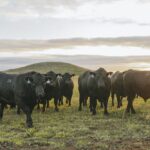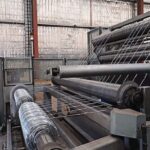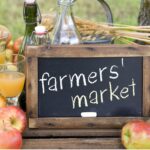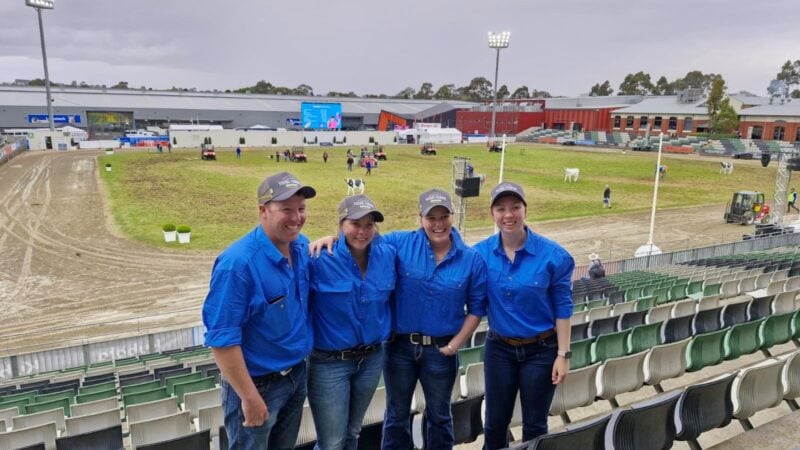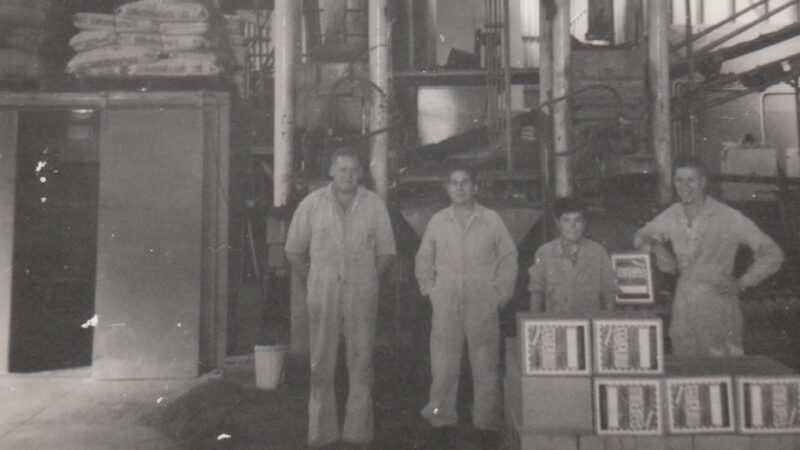The Australian beef industry has made great headway in achieving ambitious sustainability goals as the…
Australian Cattle Herd to Stabilise in 2024 After Decade-High Growth
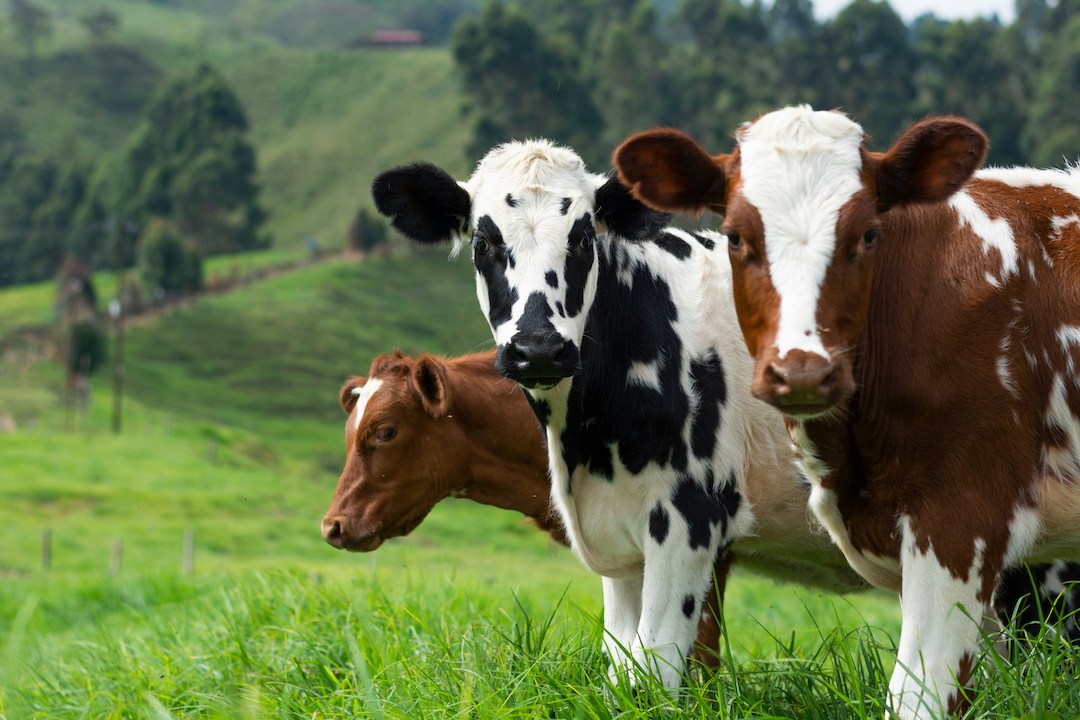
Meat & Livestock Australia projects a slight herd size decrease amid maintenance phase and resilient market dynamics, with a focus on productivity and global market opportunities despite challenges.
After three years of continuous growth resulting in the largest Australian cattle herd in a decade last year, projections from Meat & Livestock Australia (MLA) suggested a slight decrease in the herd size to 28.6 million by June 30, 2024, marking less than a 1 per cent reduction.
The industry was witnessing sustained high levels of female cattle retention, particularly in northern production areas, indicating the herd had shifted to a maintenance stage. This shift was underscored by high supply rather than producer intention to destock.
According to Stephen Bignell, Manager of Market Information at MLA, female retention remaining above average was an element contributing to the Northern Australian cattle herd staying in a growth phase.
�Following an above-average wet season across much of the north of the country, the cattle herd is expected to grow further, especially as consistent rainfall events brought on by cyclones and low pressure weather systems continue throughout the summer,� Mr Bignellsaid.
�For the Southern herd, we expect it to constrict further into 2024 as it reaches maturity.
�This leads to increased turnoff while the cattle cycle enters a herd maintenance phase. This dynamic is influenced by the 2023 NSW female slaughter rate (FSR) averaging 48 per cent, above the long-term benchmark of 47 per cent.�
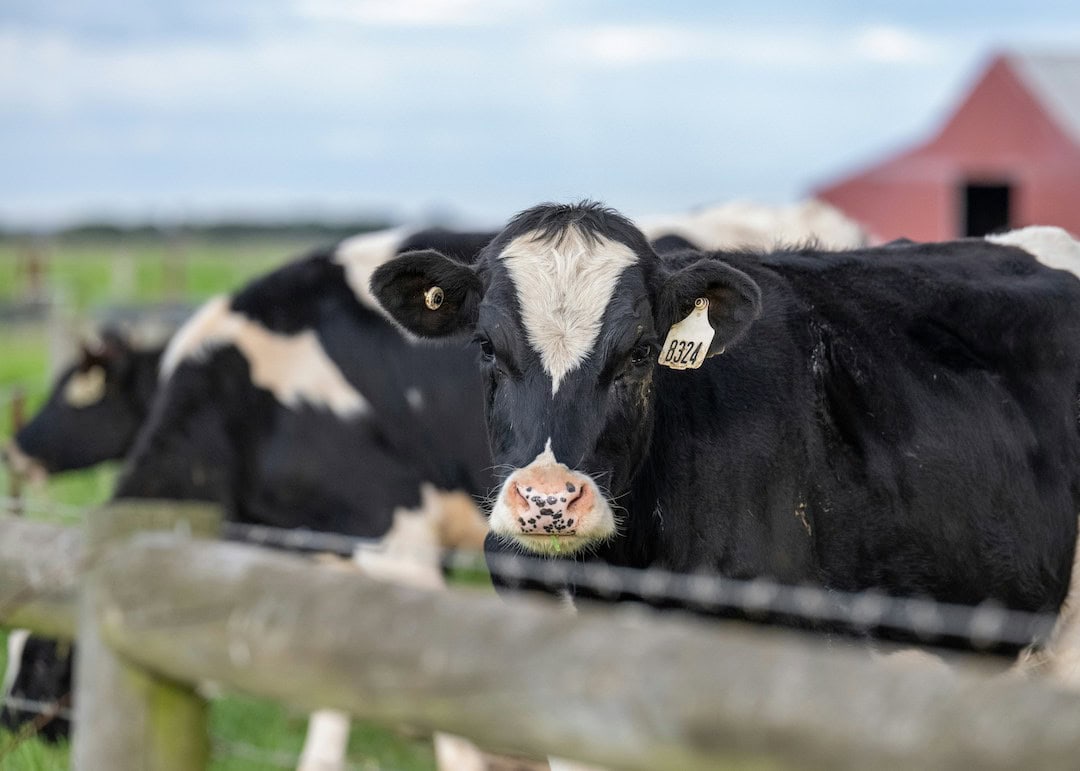
NSW Farmers Cattle Committee Chair Deborah Willis participated in the MLA survey, which provided the information the projections were based on, and claimed the knowledge gained via the survey was very beneficial.
�A short, sharp, quick survey three times a year across NSW provides both past history, as well as future possible trends in beef production. By requesting my results, I can gauge how my decisions compare to other producers, very similar to a benchmarking exercise,� Ms Willis said.
�This can increase confidence in my business going forward, as many decisions made on farm are made in isolation. I noted that most producers did see a positive future ahead in the beef industry.�
Ms Willis made the decision to destock, due to market, price, and climate volatility, exercising her risk management strategy, and noting this decrease in the survey response across NSW.
�I felt that increased weights with fewer numbers would pay, as well as increased health benefits for the herd. Drought, fire, flood, and pests stretched my pastures to their limit over the last few years,� Ms Willis said.
�Being a self-replacing herd, I have heifers to add to the herd or sell, while maintaining the highest quality/quantity feed for over six years, and resting paddocks for winter and increasing their nutrient base.
�I believe being able to use flexibility in business is a huge positive in maintaining a sustainable operation.�
According to MLA, efforts by cattle producers to enhance productivity and genetics during the 2020-22 rebuild resulted in a resilient breeding herd.
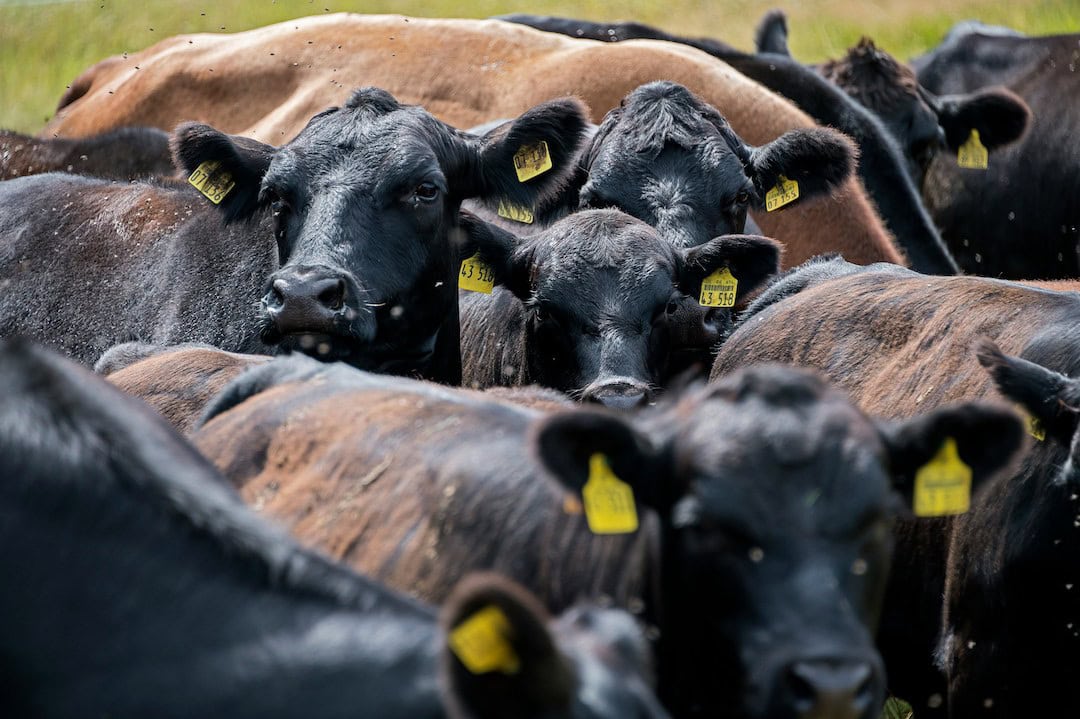
�This means that the herd reaction to higher turnoff rates will be less severe than in previous years. We expect solid numbers of young cattle in the coming seasons both through the northern and southern systems,� Mr Bignell said.
MLA also projected a lift in the slaughter rate which would drive production close to record levels in 2025. However, labour availability remained a concern for processors, especially as the number of processor-ready cattle increased.
Carcase weights were set to fall during these high production years, but would remain well above long-term averages, thanks to the investments in genetic profile, and consistent improvements to Australia�s feedlot sector.
The US remained Australia�s key supply competitor, alongside Brazil, who exported beef to key markets shared with Australia. With the US forecasting an easing to their drought condition across key cattle-producing regions, a strong and extensive herd rebuild was expected to start during 2024.
The result was expected to be a contraction in the American supply, creating an opportunity for Australian beef in global markets. Additionally, solid domestic supply would support strong demand for live cattle exports into major markets.
Last year was a significant year for weather events, with an El Ni�o event and a positive Indian Ocean Dipole (IOD) declared in September, followed by four cyclones making landfall in the 2023/24 wet season.
This year, Australia was expected to remain within a neutral IOD, while the El Ni�o�Southern Oscillation (ENSO) outlook, which indicated an El Ni�o or La Ni�a event, noted a likely to move out of the El Ni�o phase by May. Long-term forecasts for a La Ni�a event in 2024 were varied.
The MLA projected 2024 was looking to be a positive year for the cattle industry with the herd staying within a maintenance phase. While forecasts remained crucial for business management, the expected relative climate stability in 2024 suggested decision-making might not be as reactive to long-term forecasts as observed in the reactive markets of 2023.
To read about Little Big Dairy, a single-origin dairy business, click here.


